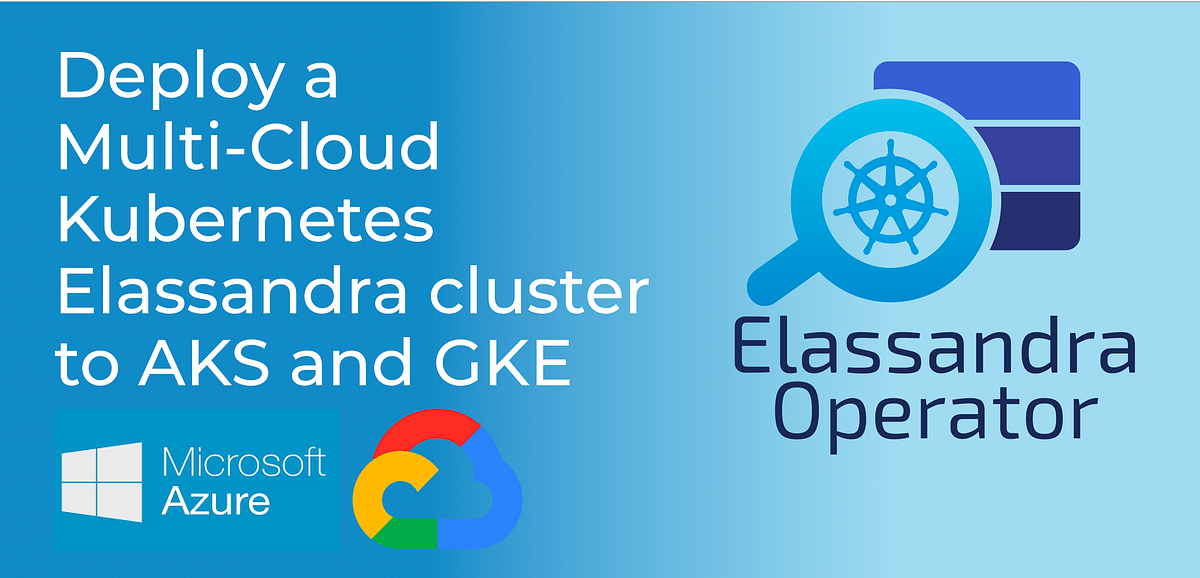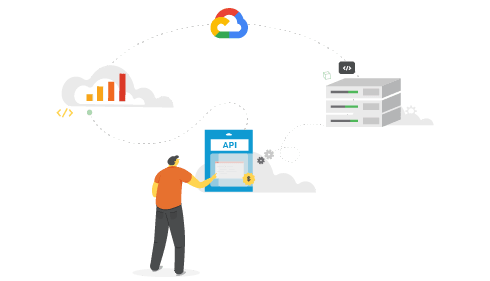
Apigee hybrid lets you manage APIs on-premises, on Google Cloud Platform (GCP), or a mix of both:
Manage all your APIs in one place |
Apigee hybrid helps you manage internal and external APIs with the Google Cloud Platform. With unified API management, you can provide your developers, partners, and customers a consistent API program experience. |
Address security and compliance |
If your compliance and security considerations make on-premises deployment a must for your applications, with an enterprise-grade hybrid gateway, you can host and manage the Apigee hybrid runtime plane on your premises. You manage and control the runtime, enabling you to leverage your existing compliance, governance, and security infrastructure. |
Support your multi‑cloud strategy |
Balancing cost and performance may lead you to a hybrid strategy. Whether you are just exploring different cloud providers or have already chosen a hybrid strategy, your API management platform should give you the flexibility you need. Host and manage enterprise-grade hybrid gateways across your data center, Google Cloud Platform, or both. |
|
If you want to learn more about hybrid: |
If you're ready to install hybrid: |
API programs in a hybrid world
Apigee hybrid consists of a management plane maintained by Google and a runtime plane that you install into Kubernetes on-premises or on GCP. Both planes use Google Cloud Platform services, as the following image shows:
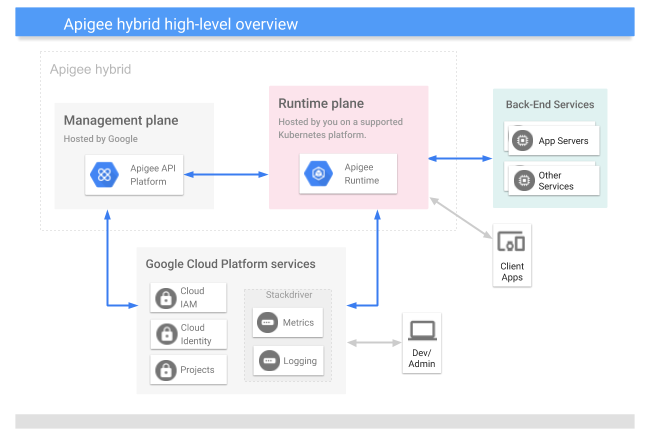
As you can see, hybrid consists of the following primary components:
- Apigee-run management plane: A set of services hosted in the cloud and maintained by Google. These services include the UI, management API, and analytics.
Customer-managed runtime plane: A set of containerized runtime services that you set up and maintain in your own Kubernetes cluster. All API traffic passes through and is processed within the runtime plane.
You manage the containerized runtime on your Kubernetes cluster for greater agility with staged rollouts, auto-scaling, and other operational benefits of containers.
- Google Cloud Platform: A suite of Cloud services hosted by Google.
One key thing to know about hybrid is that all API traffic is processed within the boundaries of your network and under your control, while management services such as the UI and API analytics run in the cloud and are maintained by Google. For more information, see Where is your data stored?
The following video provides a deep dive into the hybrid architecture:
The runtime plane is a set of containerized runtime services that you set up and maintain in your own Kubernetes cluster. All API traffic passes through and is processed within the runtime plane. The runtime plane includes the following major components:
The runtime plane runs in a Kubenernetes cluster that you own and maintain.
The following image shows the primary services that execute on the runtime plane:
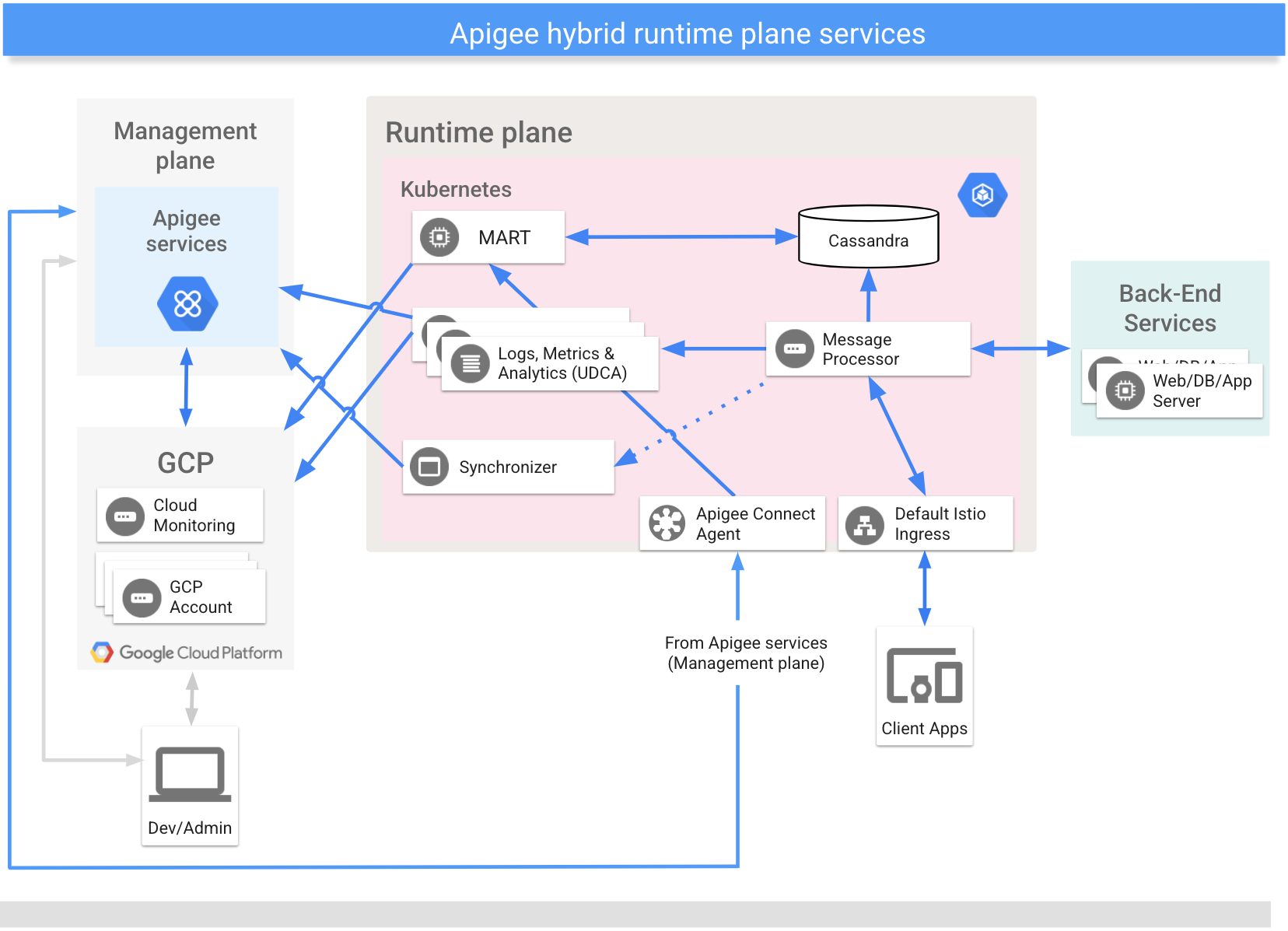
For general information about the runtime components, see the sections that follow. In addition, see Runtime service configuration overview.
The following sections describe each of these primary runtime plane services in more detail.
Message Processor
Hybrid Message Processors (MPs) provide API request processing and policy execution on the runtime plane. MPs load all of the deployed proxies, resources, target servers, certificates, and keystores from local storage. You configure an Istio Ingress controller to expose the MPs to requests that come from outside the cluster.
Synchronizer
The Synchronizer fetches configuration data about an API environment from the management plane and propagates it across the runtime plane. This downloaded data is also called the contract.
The Synchronizer periodically polls the Management Server for changes and downloads a new configuration whenever changes are detected. The configuration data is retrieved and stored locally as a JSON file in a location where the Message Processors can access it.
The downloaded configuration data allows the runtime plane to function independently from the management plane. With the contract, Message Processors on the runtime plane use the locally stored data as their configuration. If the connection between the management and runtime plane goes down, services on the runtime plane continue to function.
The configuration data downloaded by the Synchronizer includes:
- Proxy bundles and shared flow deployments
- API products
- Flow hooks
- Environment information
- Shared API resources
- Target server definitions
- TLS settings
- Environment caches
- Key Value Map (KVM) names
- Data masks
Cassandra datastore
Apache Cassandra is the runtime datastore that provides Core Persistence Services (CPS) for the runtime plane.
Cassandra is a distributed data system that provides data persistence on the runtime plane. You deploy the Cassandra database as a StatefulSet node pool on your Kubernetes cluster. Locating these entities close to the runtime processing services helps support requirements for security and high scalability.
The Cassandra database stores information about the following entities:
- Key management system (KMS)
- Key Value Map (KVM)
- Response cache
- OAuth
- Quotas
Management API for Runtime data (MART)
Data that belongs to your organization and is accessed during runtime API calls, such as application configurations, Key Management System (KMS) data, cache, and Key Value Maps (KVMs), are stored by Cassandra in the runtime plane. To access and update that data—for example, to add a new KVM or to remove an environment—you can use the Apigee hybrid UI or the Apigee APIs. The MART server (Management API for Runtime data) processes the API calls against the runtime datastore.
This section describes the role that MART plays when you call the Apigee APIs to access the runtime datastore.
| What MART is | To call an Apigee API, you send an authenticated request to the Management Server (MS) on the management plane. The MS authenticates and authorizes the request, and then forwards the request to MART on the runtime plane. Attached to that request is a token that the MS generated using a pre-configured service account. MART receives the request, authenticates and authorizes it, and then performs business validation on it. (For example, if the app is part of an API product, MART ensures it's a valid request.) After determining that a request is valid, MART then processes it. Cassandra stores the runtime data that MART processes (it is, after all, a runtime datastore). MART might read data from the Cassandra or it might update that data, depending on the type of request. Like most hybrid services, MART is stateless: it does not persist its own state at runtime. |
| What MART is not | Even though MART exposes a port to the public cloud, you do not call MART directly. (The port must be exposed so that MART can receive calls from the MS via a service account.) Furthermore, MART does not receive runtime calls from your customers to their API proxies; those calls are handled by the ingress controller and are routed to your cluster’s Message Processors. |
It's worth pointing out that both MART and the Message Processors have access to the same runtime datastore (Cassandra), which is how data such as KMS, KVMs, and caches are shared.
The following image shows the flow of an Apigee API call:
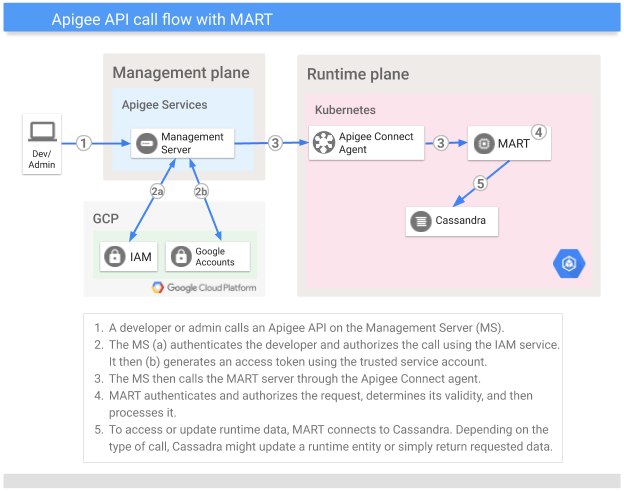
UDCA
The Universal Data Collection Agent (UDCA) is a service running within the data collection pod in the runtime plane that extracts analytics, trace, and deployment status data and sends it to the UAP.
For more information, see Trace, analytics, and deployment status data collection.
The management plane runs on Google Cloud Platform. It includes administrative services such as:
- Apigee hybrid UI: Provides a UI for developers to create and deploy API proxies, configure policies, create API products, and create developer apps. Administrators can use the Apigee hybrid UI to monitor deployment status.
- Apigee APIs: Provide a programmatic interface for managing your organization and environments.
- Unified Analytics Platform (UAP): Receives and processes analytics and deployment status data from the runtime plane.
The following image shows the primary services that execute on the management plane:

The following table describes the key GCP services that hybrid leverages:
| GCP Service | Description |
|---|---|
| Identity | User account authentication uses Google Cloud Platform accounts. Authorization uses GCP service accounts. |
| Roles | Access management for hybrid uses Google’s roles engine, IAM, and supports default Apigee roles. |
| Resource Hierarchy | Resources are organized in GCP projects (linked to Apigee organizations). |
| Stackdriver | Provides logging and metrics data analysis. |
Types of users
Apigee has identified the following primary types of hybrid users:
| Role | Typical responsibilities/tasks | Areas of interest |
|---|---|---|
| System administrators/operators |
|
|
| Developers |
|
|
Advantages
Apigee hybrid has the following advantages:
- Reduced cost of ownership
- If you are an Apigee Edge for Private Cloud customer, hybrid allows you to operate your on-premises API runtime with far fewer software services to manage and operate.
- Increased agility
- Because hybrid is delivered and runs in containers, you can achieve staged rollouts, auto-scaling, and other operational benefits of a containerized system.
- Reduced latency
- All communication with the hybrid management plane is asynchronous and does not happen as part of processing client API requests.
- Increased API adoption
- Although it is possible to process internal APIs using Apigee Edge Public Cloud, the reduced latency and efficiency you can achieve with hybrid makes processing internal APIs with hybrid an attractive option. Part of this efficiency is achieved because your API gateway runs on-premises, in close proximity to your backend services. Also, if you are on Apigee Edge Public Cloud, you can increase your adoption of Apigee by processing internal APIs through hybrid. If you are using Edge Microgateway, you can expand your API adoption because hybrid overcomes key limitations of Edge Microgateway.
- Greater control
- Many enterprises are embarking on a hybrid strategy. The ability to manage API runtimes deployed in private data centers is a key requirement for large enterprises. Currently, the hybrid runtime plane can be deployed to GCP or in your own data center.
Next step
See the Big Picture—an overview of the hybrid installation process.
